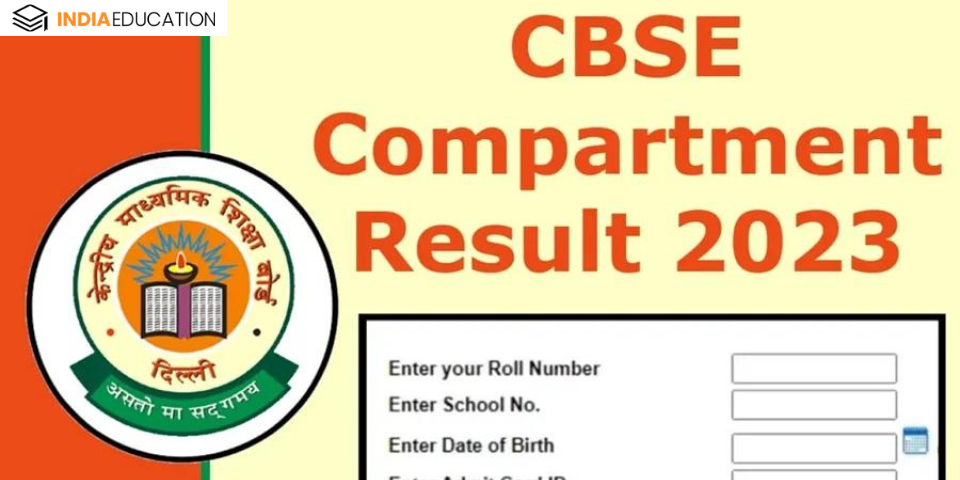

Unit-wise allocation of marks for Geography Class 12:
A | Fundamentals of Human Geography | 35 |
Unit 1 | Human Geography |
|
Unit 2 | People |
|
Unit 3 | Human Activities |
|
Unit 4 | Transport, Communication and Trade |
|
Unit 5 | Human settlements |
|
| Map Work | 5 |
B | India: People and Economy | 35 |
Unit 6 | People |
|
Unit 7 | Human Settlements |
|
Unit 8 | Resources and Development |
|
Unit 9 | Transport, Communication and International Trade |
|
Unit 10 | Geographical Perspective on selected issues and problems |
|
| Map Work | 5 |
C | Practical Work | 30 |
Unit 1 | Processing of Data and Thematic Mapping | 15 |
Unit 2 | Field study or Spatial Information Technology | 10 |
Unit 3 | Practical Record Book and Viva Voce | 5 |
CBSE Class 12 Geography Syllabus:
A. Fundamentals of Human Geography
Unit 1: Human Geography: Nature and Scope
Unit 2: People
Population-distribution,density and growth
Population change-spatial patterns and structure; determinants of population change;
Age-sex ratio; rural-urban composition;
Human development – concept; selected indicators, international comparisons
Unit 3: Human Activities
Primary activities – concept and changing trends; gathering, pastoral, mining, subsistence agriculture, modern agriculture; people engaged in agricultural and allied activities – some examples from selected countries.
Secondary activities-concept; manufacturing: types – household, small scale, large scale; agro based and mineral based industries; people engaged in secondary activities – some examples from selected countries.
Tertiary activities-concept; trade, transport and tourism; services; people engaged in tertiary activities – some examples from selected countries.
Quatenary activities – concept; people engaged in quatenary activities – case study from selected countries.
Unit 4: Transport, Communication & Trade
Land transport – roads, railways; trans-continental railways.
Water transport – inland waterways; major ocean routes.
Air transport – Intercontinental air routes.
Oil and gas pipelines.
Satellite communication and cyber space- Importance and usage for geographical information; use of GPS.
International trade-Bases and changing patterns; ports as gateways of international trade, role of WTO in International trade.
Ocean: National rights and international treaties.
Unit 5: Human settlements
Settlement types – rural and urban; morphology of cities (case study); distribution of mega cities; problems of human settlements in developing countries.
Map Work
Map Work on identification of features based on 1-5 units on the outline/Physical/Political map of World.
B. India: People and Economy
Unit 6: People
Population: distribution, density and growth; composition of population – linguistic, religious; sex, rural-urban and occupational-regional variations in growth of population.
Migration: international, national-causes and consequences.
Human development: selected indicators and regional patterns.
Population, environment and development.
Unit 7: Human Settlements
Rural settlements – types and distribution.
Urban settlements – types, distribution and functional classification.
Unit 8: Resources and Development
Land resources – general land use; agricultural land use, Geographical conditions and distribution of major crops (Wheat, Rice, Tea, Coffee, Cotton, Jute, Sugarcane and Rubber), agricultural development and problems.
Water resources – availability and utilization-irrigation, domestic, industrial and other uses; scarcity of water and conservation methods -rain water harvesting and watershed management.
Mineral and energy resources – distribution of metallic (Iron ore, Copper, Bauxite, Manganese); non-metallic (Mica, Salt) minerals; conventional (Coal, Petroleum, Natural gas and Hydroelectricity) and non-conventional energy sources (solar, wind, biogas) and conservation.
Industries – types, factors of industrial location; distribution and changing pattern of selected industries-iron and steel, cotton textiles, sugar, petrochemicals, and knowledge based industries; impact of liberalization, privatisation and globalisation on industrial location; industrial clusters.
Planning in India – target group area planning (case study); idea of sustainable development (case study).
Unit 9: Transport, Communication and International Trade
Transport and communication-roads, railways, waterways and airways: oil and gas pipelines; Geographical information and communication networks.
International trade – changing pattern of India’s foreign trade; sea ports and their hinterland and airports.
Unit 10: Geographical Perspective on selected issues and problems
Environmental pollution; urban – waste disposal.
Urbanisation, rural-urban migration; problems of slums.
Land degradation.
Map Work
Map work on locating and labelling of features based on above units on outline map of India.
C. Practical Work
- Unit 1: Processing of Data and Thematic Mapping
- Unit 2: Field study or Spatial Information Technology
- Unit 3: Practical Record Book and Viva Voce
Related Links

Latest
Articles
CBSE Compartment Result 2023 OUT: Click For Direct Link
Home CBSE Compartment Result 2023 OUT: Click For Direct Link The CBSE 10th Compartment Result 2023 is expected to be
IIT Roorkee Launches Professional Certification Program in Product Management
Home IIT Roorkee Launches Professional Certification Program in Product Management The fees five-month long programme is for Rs 1,40,000 +
Join Our Whatsapp Community
Lorem ipsum dolor sit amet, consectetur adipisicing elit, sed do eiusmod tempor incididunt ut labore et dolore magna aliqua. Ut enim ad minim veniam, quis nostrud








